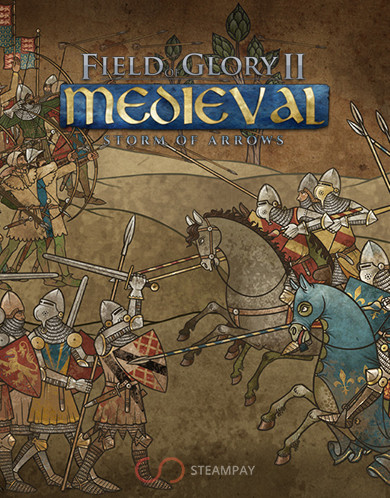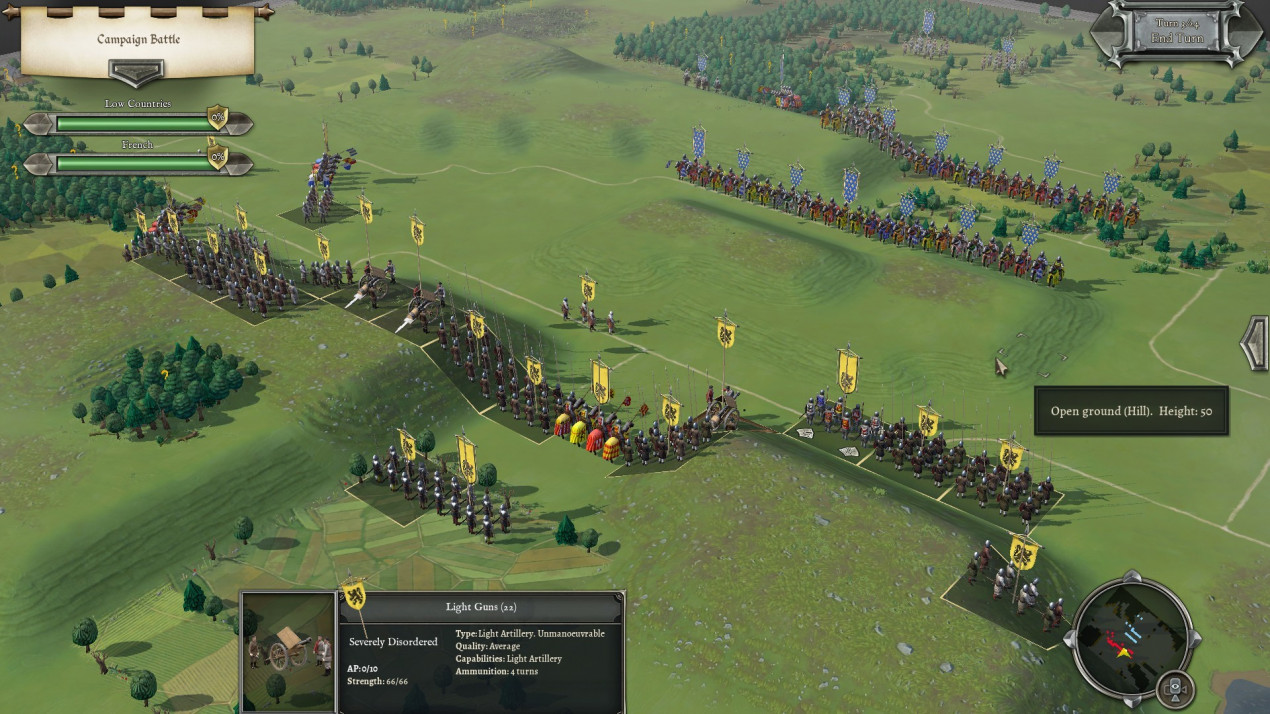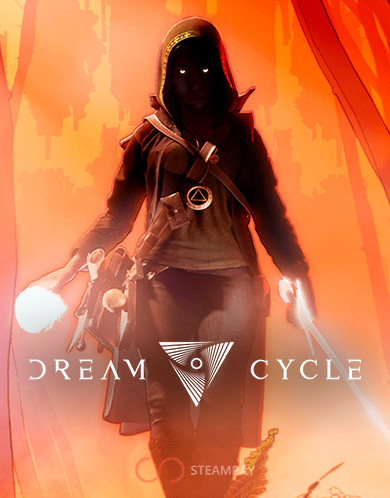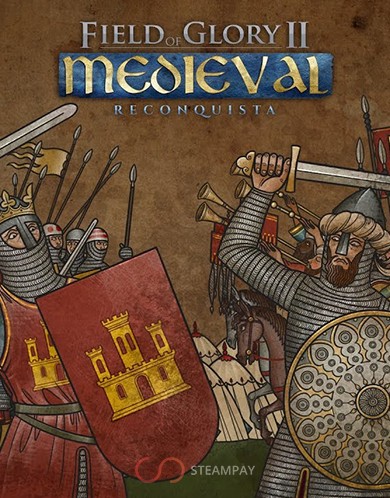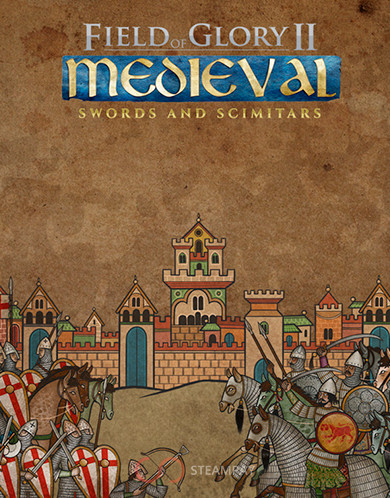From the early 14th century, the dominance of the mounted knight on the battlefield was increasingly challenged by the growing power of foot soldiers. The Flemish spearmen at Cortrai in 1302 and the Scots at Bannockburn in 1314 showed that foot soldiers could defeat mounted knights. However, it was the English use of massive longbows in combination with mounted archers that came to dominate the battlefields of Western Europe for the rest of the 14th century and into the 15th.
During the Hundred Years’ War, from 1337 to 1453, the French knights suffered a series of disastrous defeats at the hands of this combination. After Crécy in 1346, the French knights were forced to fight mainly on foot to minimise their vulnerability to the storm of arrows. Eventually, by avoiding battle and concentrating on capturing important towns and castles, the French won the war and drove the English out of almost all of their continental territories.
English crossbowmen also went to Italy and Spain as mercenaries or allies, but warfare in those countries continued to develop very differently from the rest of Western Europe. Italy at this time was still a collection of small independent states. The importance of the communal militia infantry had declined, and it was replaced by the condottieri, who formed the bulk of the Italian armies. These were mercenary captains hired to provide a company of professional armoured cavalry and sometimes infantry.
In Spain, the large Christian kingdoms of Aragon, Castile, and Portugal shared the Iberian Peninsula with the Muslim kingdom of Granada. In addition to fighting each other and numerous civil wars, there were periodic conflicts with the Islamic powers of North Africa. Spanish warriors still typically fought on horseback, and light cavalry was more numerous than in other countries due to the influence of warfare with Muslim armies.
Meanwhile, the Swiss cantons asserted their independence from feudal rule. Initially, their massed infantry columns relied on the deadly halberd and a deep knowledge of mountainous terrain.
In the east, the Teutonic Knights continued to fight the pagan Lithuanians, but in 1386, the Grand Duke of Lithuania, Jogaila, converted to Christianity and became King of Poland by marrying the heiress Jadwiga. This removed the religious justification for the Order’s activities in the region and gave their enemy a huge boost in military potential. The Teutonic Order suffered a major defeat at the hands of Jogaila and his Polish-Lithuanian army at the Battle of Grunwald (Tannenberg) in 1410. The Golden Horde continued to dominate the Russian principalities, but the first signs of change came in 1380, when the Mongols were defeated at Kulikovo Field.
In the fourteenth century, gunpowder artillery was widespread throughout Europe and became increasingly important. At first, large bombards were used primarily for siege work, but gradually smaller weapons were used in field battles as well.
- The following nations and factions are covered from 1270 AD. Before the introduction of the “pike” tactics and Hussite war carts: Anglo-Irish, Aragonese, Austrian, Berber (Hafsid), Berber (Marinid), Bohemian, Breton, Burgundian, Castilian, Danish, English, Florentine, Free Canton, Free Company, French, German (Imperial, Feudal and City armies), Granadine, Hungarian, Irish, Italian (Guelph), Italian (Ghibelline), Lithuanian, Low Countries, Milanese, Navarrese, Neapolitan, Papal, Polish, Portuguese, Russian, Scottish, Swedish, Swiss, Tatar, Teutonic Order, Venetian, Welsh. Each of them has its own historically justified banner.
- 45 new units from the 14th and 15th centuries.
- Another 96 army lists, allowing you to create historically realistic armies for each of the above factions and their allies in various time periods, bringing the total number of medieval army lists to 242. In addition, armies can include contingents of historical allies. This gives you around three hundred thousand options. You will never run out of new battle options to try.
- 8 More historical scenarios covering the key battles of the period on an epic scale: Courtrai 1302, Laupin 1339, Crécy 1346, Kulikovo 1380, Aljubarrota 1385, Castagnaro 1387, Grunwald 1410, Agincourt 1415.
- Another 48 historical matches have been added to Quick Battle mode, bringing the total to 198, and can be played from any side.
- 5 More historical campaigns covering the major leaders and conflicts of the era: Hundred Years’ War (English), Hundred Years’ War (French), Sir John Hawkwood, Henry of Trastamara, Władysław II Jagiełło.
- The Sandbox campaign has been expanded to include all new army lists, allowing you to lead any nation (and their historical allies) against any other nation (and their allies), giving you over eighty thousand options.
- The Time Warp modules have been expanded to include all new army lists.

